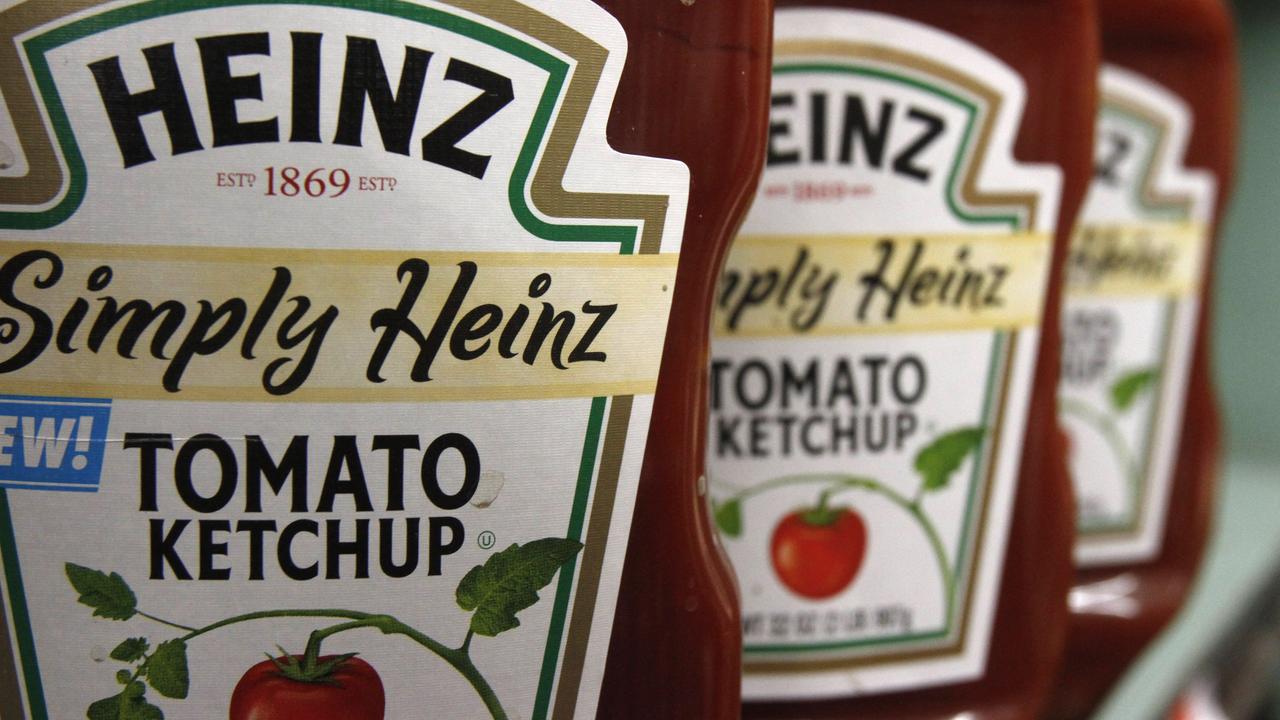
Chamberlains of London – Kraft Heinz Split marks a monumental shift in the packaged food industry. The iconic company, formed through a major merger nearly a decade ago, is now dividing into two distinct powerhouses. With the official split expected to finalize in the second half of 2026, the move reflects a growing trend of companies narrowing their focus to drive targeted growth. Investors and consumers alike are closely watching what this decision means for some of the world’s most familiar food brands. The division is not just a restructuring of assets, but a reimagining of purpose, reach, and strategy. As two new companies emerge from this split, their paths reflect both legacy and innovation, offering new directions for products loved by millions.
One of the entities formed through the Kraft Heinz Split is Global Taste Elevation Co. This unit will manage iconic, billion-dollar brands such as Heinz, Philadelphia, and Kraft Mac & Cheese. These products have long dominated shelves and tables globally, and now they will be under a single company focused on international growth and innovation. The Kraft Heinz Split places these brands in a structure built around sauces, spreads, and shelf-stable meals. With $15.4 billion in net sales in 2024 and $4 billion in core profit, the company’s strength is clear. Nearly 20 percent of its sales last year came from emerging markets, showing how global demand is a key part of its future. Although a CEO has not yet been announced, industry watchers anticipate a leader with strong international credentials to steer the new venture forward.
“Read about: Starbucks Sparks Backlash After Discontinuing Fan-Favorite Fall Flavor”
While Global Taste Elevation looks outward, the North American Grocery company is designed to double down on its home market. This company will concentrate on household staples, including Oscar Mayer, Kraft Singles, and Lunchables. These billion-dollar brands are deeply embedded in the routines of North American consumers. With $10.4 billion in net sales in 2024 and a $2.3 billion core profit, the unit shows significant profitability even with a narrower regional scope. The Kraft Heinz Split allows this unit to streamline operations and tailor strategies to better suit North American shoppers. Carlos Abrams-Rivera, current CEO of Kraft Heinz, will lead the new company, bringing with him a deep understanding of its market and operations. This leadership continuity is expected to help stabilize the transition and maintain brand loyalty throughout the shift.
The decision to execute the Kraft Heinz Split stems from both financial insight and evolving consumer demands. Rather than continuing with a one-size-fits-all approach, each new company will focus on distinct categories and geographies. This strategy allows for sharper brand messaging, specialized marketing, and better alignment with retail and distribution partners. By separating fast-growing global brands from stable regional staples, investors can assess and support each business based on unique growth trajectories. Management teams will also have greater flexibility in decision-making without the complexity of balancing conflicting priorities. This bold move reflects a broader industry trend where mega-companies prefer to operate smaller, more agile entities that can adapt quickly to changing market conditions. The announcement signals a long-term strategy aimed at unlocking shareholder value and strengthening product relevance.
For the everyday consumer, the Kraft Heinz Split may not result in immediate packaging or product changes. However, the long-term impact could be substantial. Shoppers might see innovations arrive faster, with new flavors and formats targeting regional preferences. Global Taste Elevation Co could introduce more international variations of existing favorites, while North American Grocery could focus on convenience and health-conscious improvements. For the industry, this split marks a significant case study in corporate evolution. It sets the stage for similar conglomerates to assess whether their current models remain effective in a rapidly transforming market. Retailers may also benefit, as each new company sharpens its delivery and promotional strategies. As competition intensifies across the food sector, these two new entities will likely become more responsive, creative, and dynamic in meeting consumer expectations.